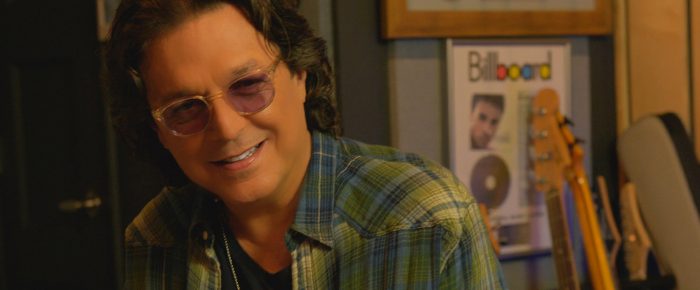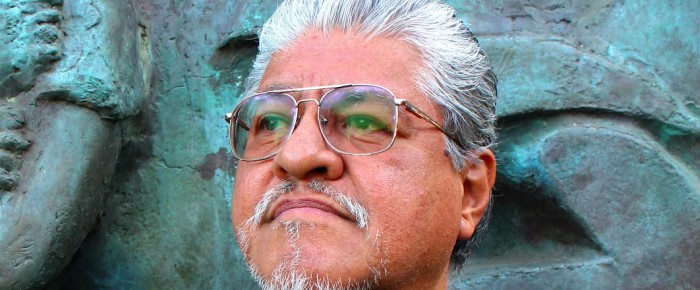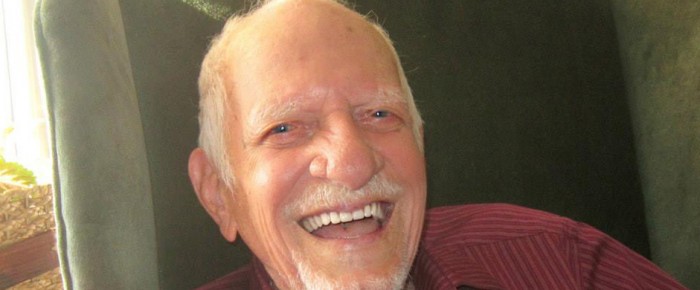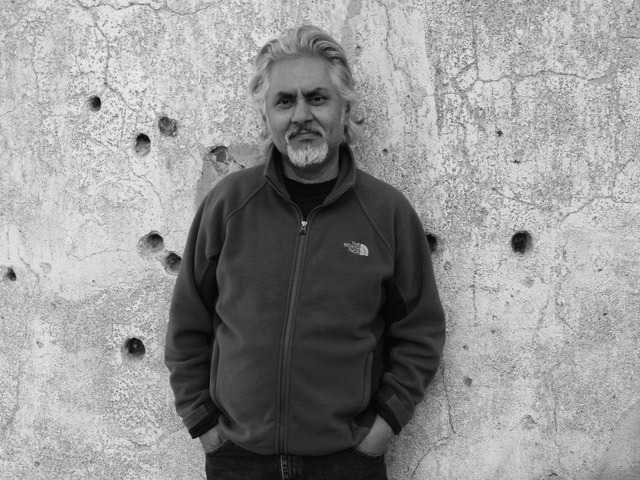Rudy Perez arrived to Miami, Florida from Pinar del Rio, Cuba, when he was 10, with only his family and the clothes he had on. He was one of the…
Read moreSongwriter, producer Rudy Perez on his memoir, “The Latin Hit Maker”


Rudy Perez arrived to Miami, Florida from Pinar del Rio, Cuba, when he was 10, with only his family and the clothes he had on. He was one of the…
Read more
Growing up in poverty in South Central and East Los Angeles, Luis J. Rodriguez says he found himself so emotionally empty that he joined a gang at age 11. He…
Read more
Nereo López isn’t a typical 92-year-old; he’s more like a typical young, starry-eyed artist who wakes up at noon and gets inspiration from everything around him. His small frame is…
Read more
While César Chávez was in the limelight actively protesting for Chicano civil rights in 1970′s California, Jesús Garza was right beside him, quietly documenting the commotion using black and white film. Born in San…
Read more